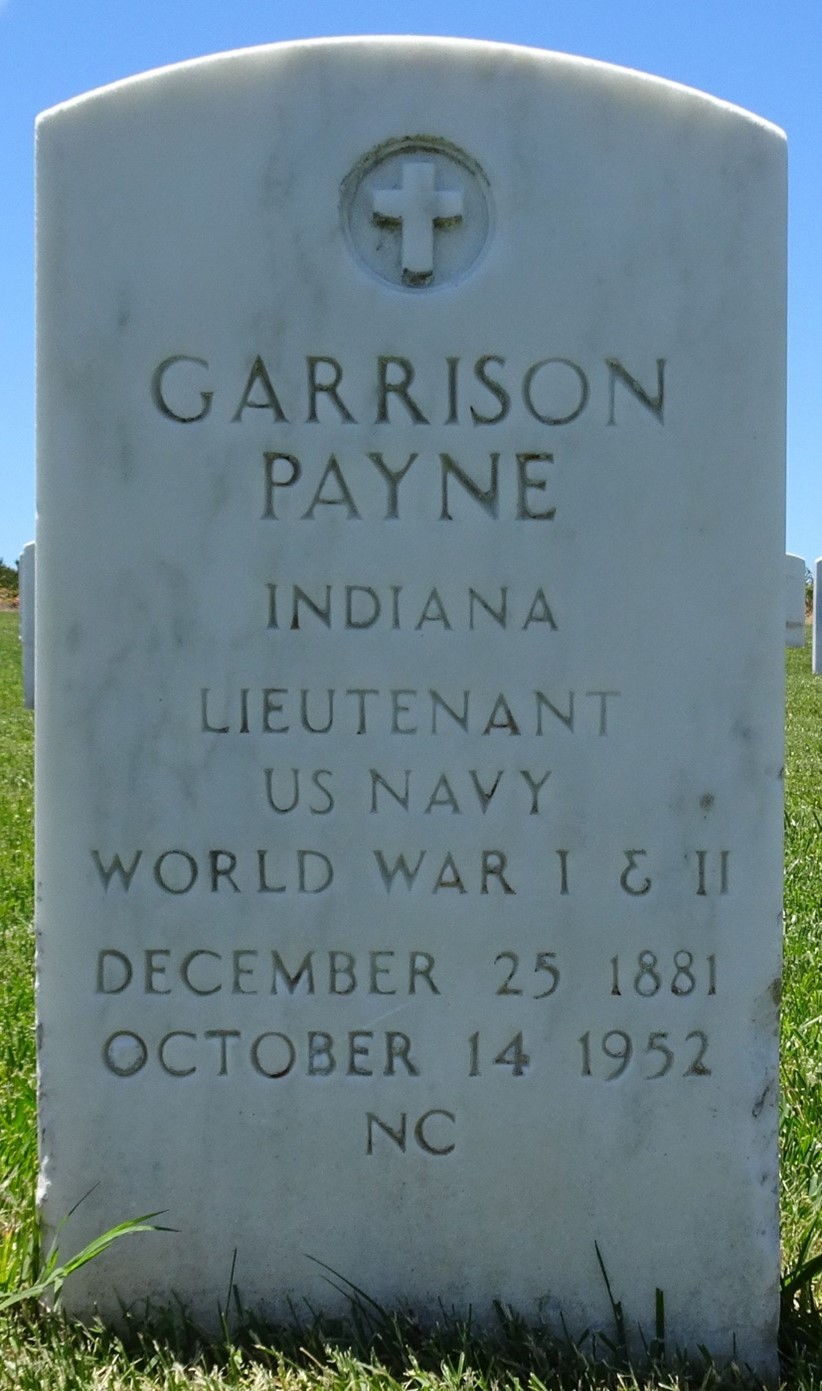Zionism: In the Words of the Leading Zionists and their Allies
Nearly all of these quotes are gathered from the chapter epigraphs in the book, M. Shahid Alam, Israeli Exceptionalism: The Destabilizing Logic of Zionism (Springer: 2008). A few of the quotes are from non-Zionists. The sources for most these quotes can be found in this book.
Chosenness
“Israel is not another example of the species nation; it is the only example of the species Israel.” Martin Buber
“Only Israel lives in, and constitutes, God’s kingdom…” Jacob Neusner
“For me the supreme morality is that the Jewish people has a right to exist. Without that there is no morality in the world.” Golda Meier, 1967
“We do not fit the general pattern of humanity…” David Ben-Gurion
“…only God could have created a people so special as the Jewish people.” Gideon Levy
Zionism
“There are upwards of seven million Jews known to be in existence throughout the world… possessing more wealth, activity, influence and talents, than any body of people their number on earth….they will march in triumphant numbers, and possess themselves once more of Syria, and take their rank among the governments of the earth.” Mordecai Noah, 1818
“The ultimate goal … is, in time, to take over the Land of Israel and to restore to the Jews the political independence they have been deprived of for these two thousand years…. The Jews will yet arise and, arms in hand (if need be), declare that they are the masters of their ancient homeland.” Vladimir Dubnow, 1882
“…the spirit of the age is approaching ever closer to the essential Jewish emphasis on real life.” Moses Hess, 1862
“…Jews are a nation which, having once acted as the leaven of the social world, is destined to be resurrected with the rest of the civilized nations.” Moses Hess, 1862
“Today we may be moribund, but tomorrow we shall surely awaken to life; today we may be in a strange land, but tomorrow we will dwell in the land of our fathers; today we may be speaking alien tongues, but tomorrow we shall speak Hebrew.” Eliezer Ben-Yehudah, 1880
“…we must seek a home with all our hearts, our spirit, our soul.” Peretz Smolenskin, 1881
“Let sovereignty be granted us over a portion of the globe large enough to satisfy the rightful requirements of a nation: the rest we shall manage for ourselves.” Theodore Herzl, 1896
“Palestine is first and foremost not a refuge for East European Jews, but the incarnation of a reawakening sense of national solidarity.” Albert Einstein, 1921
Zionism:Weaponizing Antisemitism
“The anti-Semites will become our most dependable friends, the anti-Semitic countries our allies.” Theodore Herzl, 1896
“The struggle of Jews for unity and independence…is calculated to attract the sympathy of people to whom we are rightly or wrongly obnoxious.” Leo Pinsker
“The Western form of anti-Semitism—the cosmic, satanic version of Jew hatred—provided solace to wounded [Arab] feelings.” Bernard Lewis, 2006
Zionism: Ethnic Cleansing
“Will those [Palestinians] evicted really hold their peace and calmly accept what was done to them? Will they not in the end rise up to take back what was taken from them by the power of gold…And who knows, if they will not then be both prosecutors and judges…” Yitzhak Epstein, 1907
Zionism: Ambition
“Discussed with Bodenheimer the demands we will make. Area: from the Brook of Egypt to the Euphrates. Stipulate a transitional period with our own institutions. A Jewish governor for this period. Afterwards, a relationship like that between Egypt and the Sultan.” Theodore Herzl, 1898
“We should prepare to go over to the offensive. Our aim is to smash Lebanon, Trans-Jordan, and Syria. The weak point is Lebanon, for the Moslem regime is artificial and easy for us to undermine. We shall establish a Christian state there, and then we will smash the Arab Legion, eliminate Trans-Jordan; Syria will fall to us. We then bomb and move on and take Port Said, Alexandria and Sinai.” David Ben-Gurion May 1948
Zionism: Destabilizing Logic
“Will those [Palestinians] evicted really hold their peace and calmly accept what was done to them? Will they not in the end rise up to take back what was taken from them by the power of gold…And who knows, if they will not then be both prosecutors and judges…” Yitzhak Epstein, 1907
“God forbid that we should harm any people, much less a great people whose hatred is most dangerous to us.” Yitzhak Epstein, 1907
“As to the war against the Jews in Palestine….it was evident twenty years ago that the day would come when the Arabs would stand up against us.”Ahad Ha’am, 1911
“Two important phenomena, of the same nature, but opposed, are emerging at this moment in Asiatic Turkey. They are the awakening of the Arab nation and the latent effort of the Jews to reconstitute on a very large scale the ancient kingdom of Israel. These movements are destined to fight each other continually until one of them wins.” Najib Azouri, 1905
“It is all bad and I told Balfour so. They are making [the Middle East] a breeding place for future war.” Col. Edward Mandell House, 1917
“The question is, do we want to conquer Palestine now as Joshua did in his day – with fire and sword?” Judah L. Magnes, 1929
“It is our destiny to be in a state of continued war with the Arabs.” Arthur Rupin, 1936
“The day we lick the Arabs, that is the day, I think, when we shall be sowing the seeds of an eternal hatred of such dimensions that Jews will not be able to live in that part of the world for centuries to come.” Judah L. Magnes, 1947
“The state of Israel has had explosives – the grievances of hundreds of thousands of displaced Arabs – built into its very foundations.” Isaac Deutscher, 1954
“Why should the Arabs make peace? If I were an Arab leader I would never make terms with Israel. That is natural: we have taken their country.” David Ben-Gurion, 1956
“Historical logic points to the eventual dissolution of the Jewish state. The powers around us are so great. There is such a strong will to annihilate us that the odds look very poor.” Benny Morris, 2008
Zionism: Demographic Threat
“In Jewish cities, villages and kibbutzim … families are having 1.2 children. For theYishuv, that spells extinction.” David Ben-Gurion, March 1943
Christian Zionism
“…we welcome the friendship of Christian Zionists.” Theodore Herzl, 1897
“The entire Christian church, in its variety of branches… will be compelled… to teach the history and development of the nascent Jewish state. No commonwealth on earth will start with such propaganda for its exploitation in world thought, or with such eager and minute scrutiny, by millions of people, of its slightest detail.” A. A. Berle, 1918
“Christian Zionists favor Jewish Zionism as a step leading not to the perpetuation but to the disappearance of the Jews.” Morris Jastrow, 1919
“…Zionism has but brought to light and given practical form and a recognized position to a principle which had long consciously or unconsciously guided English opinion.” Nahum Sokolow, 1919
“Christian Zionism and Jewish Zionism have combined to create an international alliance superseding anything that NATO or UN has to offer.” Daniel Lazare, 2003
“Put positively: Other than Israel’s Defense Forces, American [Christian] Zionists may be the Jewish state’s ultimate strategic asset.” Daniel Pipes, July 2003
Destabilizing Logic: Alienating Muslims
“…it seems to me and all members of my office acquainted with the Middle East that the policy which we are following [support for partition]…is contrary to the interests of the United States and will eventually involve us in international difficulties….we are forfeiting the friendship of the Arab world…[and] incurring long-term Arab hostility towards us.” Loy Henderson, November 1947
“US prestige in the Muslim world has suffered a severe blow, and US strategic interests in the Mediterranean and Near East have been seriously prejudiced.” George F. Kennan, January 1948
“You can trace the resurgence of what we call Islamic extremism to the Six Day War.” Michael Oren, 2007
Destabilizing Logic: Rise Of Israel/Six-Day War of June 1967
“Israel was now [after 1967] seen by the West, and primarily Washington, as a regional superpower and a desirable ally among a bevy of fickle, weak Arab states.” Benny Morris, 2001
“The glory of past ages no longer is to be seen at a distance but is, from now on, part of the new state…” Editorial in Haaretz, June 8, 1967
“We have returned to our holiest places, we have returned in order not to part from them ever again.” Moshe Dayan, June 9, 1967
“A messianic, expansionist wind swept over the country. Religious folk spoke of a “miracle” and of “salvation”; the ancient lands of Israel had been restored to God’s people.” Benny Morris, 2001
Zionism: Support of Western Imperialist Powers
“If His Majesty the Sultan were to give us Palestine…[w]e should there form a portion of a rampart of Europe against Asia, an outpost of civilization as opposed to barbarism.” Theodore Herzl, 1896
“Don’t worry, Dr. Wise, Palestine is yours.” Woodrow Wilson, March 1919
“The United States has a special relationship with Israel in the Middle East comparable only to that which it has with Britain over a wide range of world affairs…I think it is quite clear that in case of an invasion the United States would come to the support of Israel.” John F. Kennedy, December 1962
Zionism: Incremental Strategy
“Erect a Jewish state at once, even if it is not on the whole land. The rest will come in the course of time. It must come.” David Ben-Gurion, 1937
“Egypt is the only state among the Arab countries that constitutes a real state and is forging a people inside it. It is a big state. If we could arrive at the conclusion of peace with it, it would be a tremendous conquest for us.” David Ben-Gurion, 1949
Settler-Colonialism/Ethnic Cleansing
“As soon as we have a big settlement here we’ll seize the land, we’ll become strong, and then we’ll take care of the Left Bank [of the Jordan River]. We’ll expel them from there, too. Let them go back to the Arab countries.” A Jewish settler, 1891
“[We] must be prepared either to drive out by the sword the [Arab] tribes in possession as our forefathers did or grapple with the problem of a large alien population, mostly Mohammedan and accustomed for centuries to hate us.” Israel Zangwill, 1905
“… Palestine shall be as Jewish as England is English, or America is American.” Chaim Weizmann, 1919
“I support compulsory transfer. I do not see in it anything immoral.” David Ben-Gurion, 1938
“We are a generation of settlers, and without the steel helmet and the gun barrel, we shall not be able to plant a tree or build a house.” Moshe Dayan, April 1956
“Zionism comprises a belief that Jews are a nation, and as such are entitled to self-determination as all other nations are.” Emanuele Ottolenghi, 2003
“Without the uprooting of the Palestinians, a Jewish state would not have arisen here.” Benny Morris, 2004
Jewish Power
“There are upwards of seven million Jews known to be in existence throughout the world… possessing more wealth, activity, influence and talents, than any body of people their number on earth….they will march in triumphant numbers, and possess themselves once more of Syria, and take their rank among the governments of the earth.” Mordecai Noah, 1818
“When we sink, we become a revolutionary proletariat…when we rise, there rises also our terrible power of the purse.” Theodore Herzl, 1896
““If His Majesty the Sultan were to give us Palestine, we could in return undertake to regulate the whole finances of Turkey.” Theodore Herzl, 1896
“…Jews are a great power in journalism throughout the world.” Israel Zangwill, 1914
“In large parts of Eastern Europe [during the early decades of the twentieth century], virtually the whole “middle class” was Jewish.” Yuri Slezkin, 2004
“The expansion and consolidation of United States Jewry in the late nineteenth and twentieth centuries was as important in Jewish history as the creation of Israel itself; in some ways more important. For, if the fulfillment of Zionism gave the harassed diaspora an ever-open refuge with sovereign rights to determine and defend its destiny, the growth of US Jewry was an accession of power of an altogether different order, which gave Jews an important, legitimate and permanent part in shaping the policies of the greatest state on earth.” Paul Johnson
“…the Jews from every tribe have descended in force, and they are determined to break in with a jimmy if they are not let in.” Edward House, October 1917
Jewish Power: Jewish Lobby
“I’m sorry, gentlemen, but I have to answer to hundreds of thousands who are anxious for the success of Zionism: I do not have hundreds of thousands of Arabs among my constituents.” President Harry Truman, November 1945
“I know I was elected because of the votes of American Jews. I owe them my election. Tell me, is there something I can do for the Jewish people?” President John F. Kennedy, December 1961
“Without this lobby Israel would have gone down the drain.” Isaiah (Si) Kenen
“During every congressional campaign, each candidate for every seat is asked to describe his or her views on the Middle East. Most office-seekers happily comply in writing. AIPAC then shares the results with its members, helping them to decide who is the most pro-Israel.” J. J. Goldberg, 1996
“AIPAC has one enormous advantage. It really doesn’t have any opposition.” Douglas Bloomfield, 2003
“In the last two decades between 1980 and 2000, American Jews gained power and influence beyond anything that they had ever experienced.” Stephen Schwartz, 2006
“A lobby is like a night flower: it thrives in the dark and dies in the sun.” Steven Rosen, 2005
“If Israel nuked Chicago, Congress would approve.” Steve Reed, 2009
“1000 Jewish lobbyists are on Capitol Hill against little old me.” President George H. Bush, September 1991
“… before I was elected to office I vowed to be an unshakable supporter of Israel. I have kept that commitment.” President Bill Clinton May 1995
“…I will bring to the White House an unshakable commitment to Israel’s security.” Barack Obama, June 2008
Zionism versus Saving Jewish Lives
“If I knew that it was possible to save all the [Jewish] children in Germany by transporting them to England, but only half by transporting them to Palestine, I would choose the second.” David Ben-Gurion, 1938
“If I am asked could you give money from UJA [United Jewish Appeal] moneys to rescue Jews? I say ‘No; and I say again, No.” Itzhak Greenbaum, 1943




.jpg)




